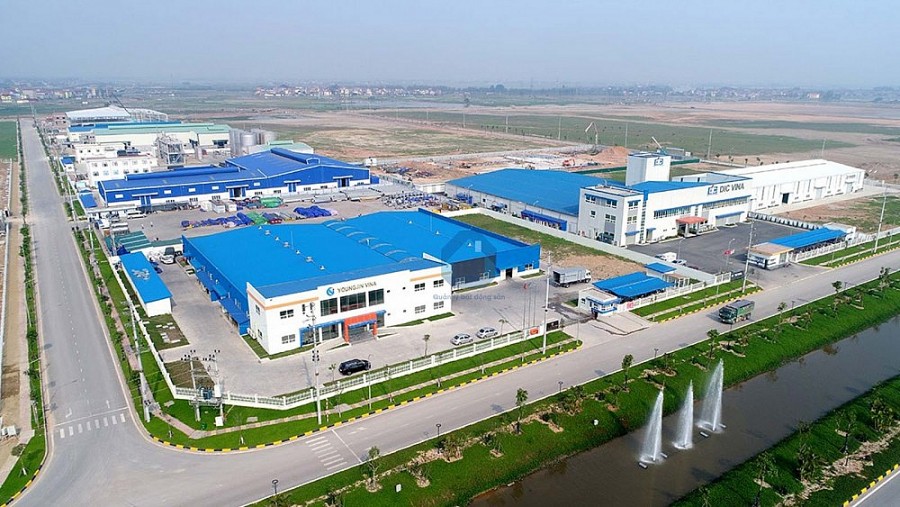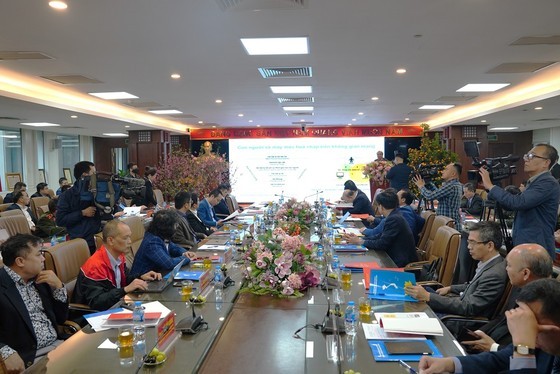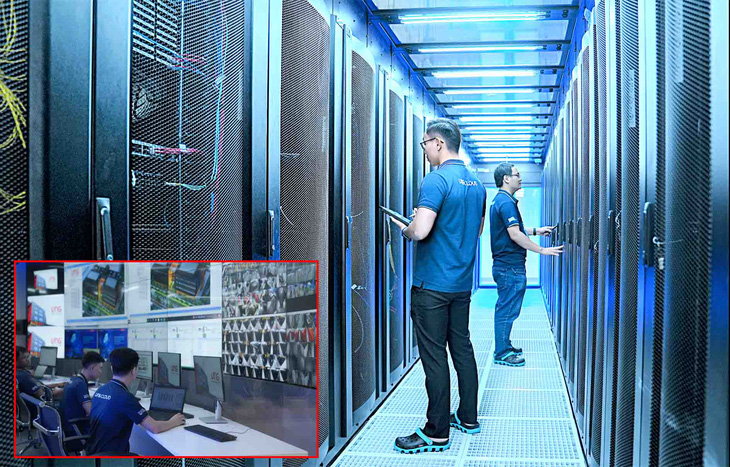Developing industrial clusters by removing obstacles in terms of mechanisms in Bac Ninh
The industrial cluster development plan for the year of 2021-2030 with a vision for 2050 is being developed by the Bac Ninh Department of Industry and Trade, proposing many solutions to promote.
The plan to develop industrial clusters (CCNs) in the area from 2021 to 2030 is being developed by Bac Ninh Department of Industry and Trade for 2050 vision. They propose many solutions to help overcome limitations and promote industrial clusters to grow faster and more efficiently.
After nearly 20 years of establishment and development, CCN has been making significant contributions to industrial production and Bac Ninh economy. Currently, 23/37 CCNs in Bac Ninh’s planning have been invested and put into operation, attracting many secondary businesses, and creating jobs for about 50,000 workers. The average growth of industrial production value of CCNs reached 2 digits per year, accounting for a significant proportion of the total industrial production value.

Besides the positive side, the development of CCN also revealed some limitations. Specifically, the infrastructure of most industrial zones, such as internal roads, plants, waste and wastewater treatment works is not complete. There are still industrial plants causing environmental pollution, especially in craft villages. The management of investment and construction of CCN infrastructure is still unreasonable, ineffective, and even loose in some clusters.
Reason for the above situations was determined to be that the CCNs in the area were formed early before there were specific documents, regulations, and instructions from the Government, so there were some problems in the development process that was difficult to solve. The existence of CCN infrastructure construction investment management models is not suitable for the operation process, affecting the operation of CCN. In the province, there are still many models of investors doing business in the technical infrastructure of industrial parks, especially clusters where the commune-level People’s Committee is the investor that is not following regulations. Along with that is the lack of attractive mechanisms for investors when participating in infrastructure investment.
To surmount those limitations, Bac Ninh Department of Industry and Trade is coordinating with relevant units to develop a draft of the CCN development plan for 2030, with a vision for 2050, which proposes several solutions…
In terms of policies, the province will develop mechanisms and programs to support investment in industrial infrastructure to handle environmental problems. Limit or stop the issuance of new permits for projects producing materials with high emissions causing environmental pollution. Prioritize attracting businesses that produce final products for consumption.
The Provincial People’s Committee established a Steering Committee for CCN conversion to advise the Provincial People’s Committee to direct the District People’s Committee to organize the implementation of the transformation plan and remove difficulties and problems in planning, land, and construction, and enterprises.
Regarding the transitional management mechanism, for CCNs invested by the Commune People’s Committee, an organization will manage and exploit technical infrastructure while public services will be established. Where conditions permit, the form of bidding can be carried out and assigned to a private enterprise to manage. For CCNs invested by enterprises to continue to comply with current regulations, investors of technical infrastructure have not yet had an establishment decision to complete the establishment documents.
| The plan for industrial development in Bac Ninh province in the period from 2021 to 2030, with a vision to 2050, is built on the perspective of sustainable development of industrial clusters associated with in-depth structural transformation of local industries. In order to increase added value, contribute to job creation, and promote socio-economic development. |
Source: Cong thuong




